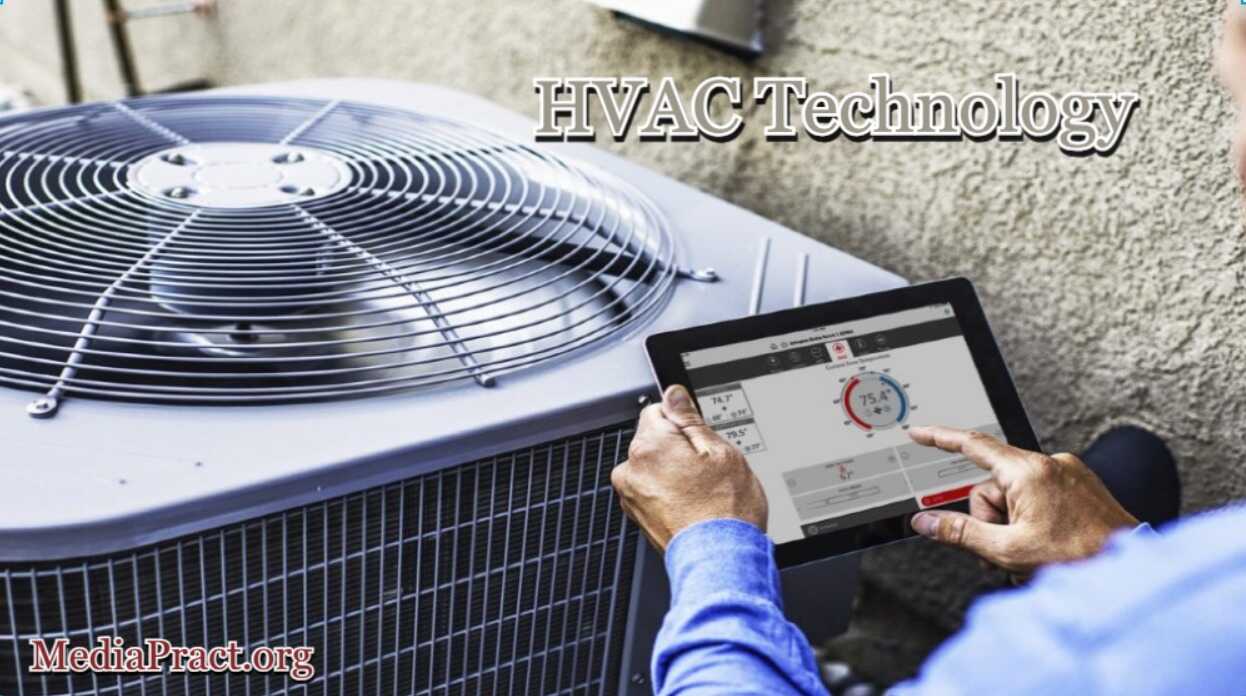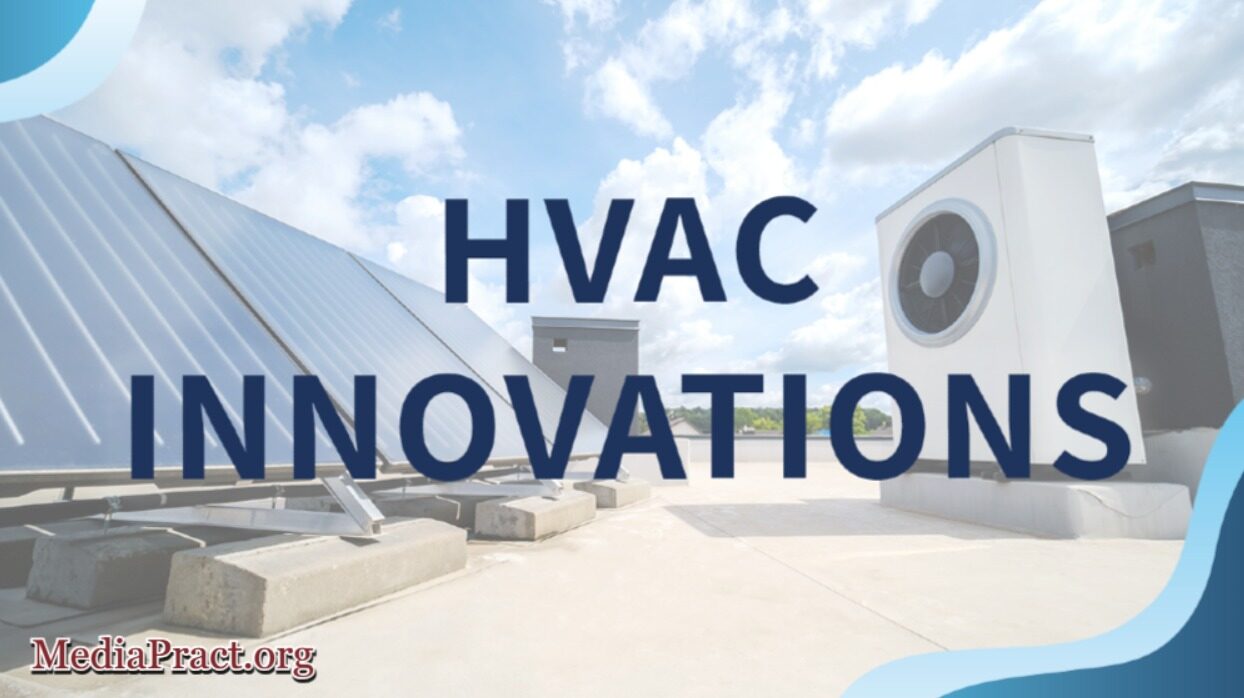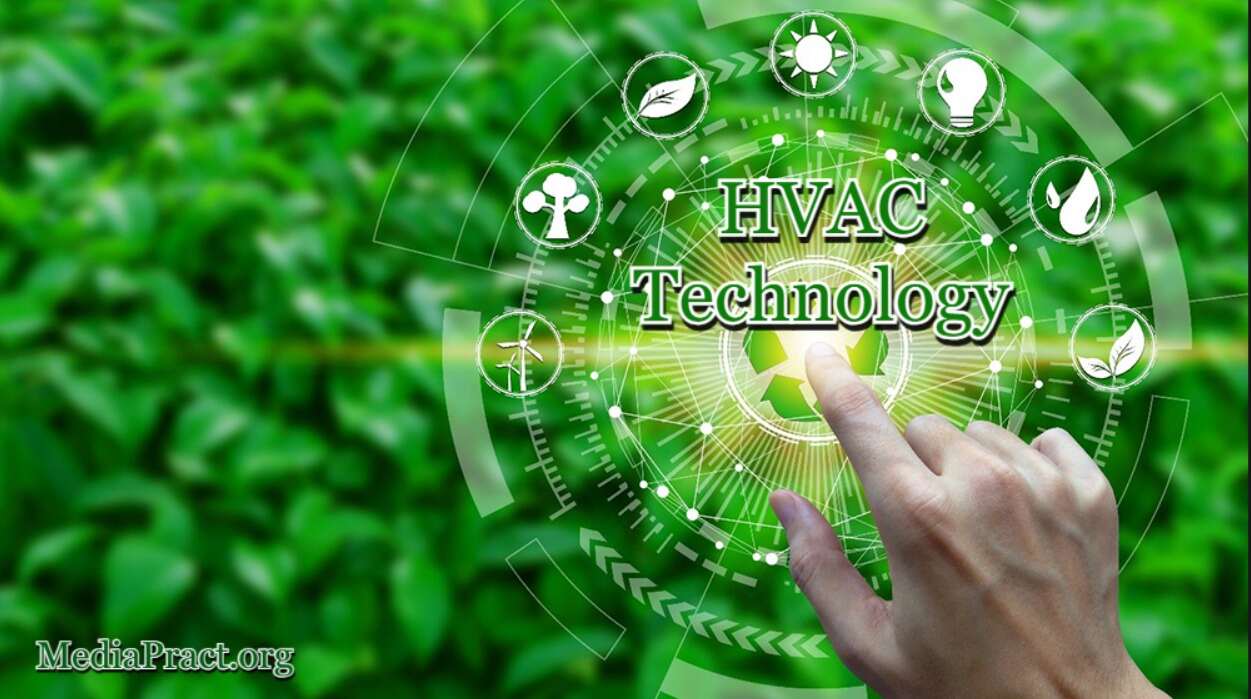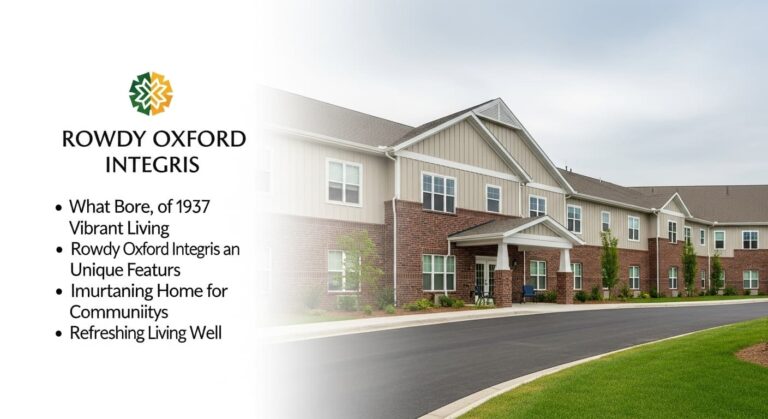Introduction
Heating, ventilation, and air conditioning (HVAC) systems are integral to modern living. These systems ensure comfort, energy efficiency, and indoor air quality in homes and workplaces.
But how did HVAC technology evolve to the advanced solutions we rely on today? Let’s explore the history and milestones of HVAC systems and how they’ve shaped our lives.
Early Beginnings of Heating Systems

The First Heating Solution
Humanity’s earliest attempts at heating started with open fireplaces. These were rudimentary setups where wood or coal was burned to generate warmth.
While functional, fireplaces were inefficient, with much of the heat escaping through chimneys.
The Advent of Stoves
The invention of stoves in the 17th and 18th centuries marked a significant leap forward. Cast iron stoves improved heat distribution, making homes warmer and more comfortable during cold seasons.
Central Heating Emerges
The 19th century introduced central heating systems, including steam-based radiators. These systems used boilers to heat water, which was then distributed through pipes to radiators.
Central heating became a hallmark of urban development, improving comfort in larger buildings.
Early Cooling Innovations
Ice and Natural Cooling
Before modern air conditioning, people relied on natural cooling methods, such as using ice blocks and strategic ventilation. Ice was harvested and stored during winter months to cool homes and food in summer.
The First Mechanical Air Conditioning
The invention of mechanical air conditioning by Willis Carrier in 1902 revolutionized cooling.
Initially designed to control humidity in a printing plant, Carrier’s system soon found applications in homes, theaters, and businesses.
Technological Advancements in HVAC Systems
Electric Furnaces and Thermostats
The early 20th century saw the introduction of electric furnaces and thermostats. These innovations allowed for more precise temperature control and reduced reliance on manual adjustments.
Forced-Air Heating Systems
Forced-air systems became popular in the mid-20th century. They used ducts to distribute warm or cool air throughout buildings, offering improved efficiency and comfort compared to older systems.
Air Conditioning for the Masses
By the 1950s and 1960s, air conditioning units became more affordable, transforming homes, cars, and public spaces.
This era marked a turning point in comfort and productivity, especially in hot climates.
The Rise of Energy Efficiency
Programmable Thermostats
In the 1980s, programmable thermostats emerged, allowing users to set specific heating and cooling schedules. This innovation not only enhanced convenience but also improved energy efficiency.
High-Efficiency HVAC Systems
Modern HVAC systems focus on reducing energy consumption. Technologies like variable-speed compressors, advanced insulation, and smart sensors help minimize environmental impact while lowering energy costs.
Renewable Energy Integration
The 21st century brought the integration of renewable energy sources. Solar-powered HVAC systems and geothermal heating and cooling are becoming increasingly popular, contributing to sustainable living.
Smart HVAC Systems
Internet of Things (IoT) Integration
Smart HVAC systems connected to the Internet of Things (IoT) offer unprecedented control. Homeowners can adjust temperatures, monitor energy usage, and receive maintenance alerts through smartphone apps.
AI and Machine Learning
Artificial intelligence and machine learning are enhancing HVAC systems by optimizing performance.
These technologies analyze data to predict usage patterns and adjust settings for maximum efficiency.
Indoor Air Quality Focus
Recent advancements emphasize indoor air quality, incorporating air purifiers and humidity controls into HVAC systems.
This is especially important in addressing concerns like allergies and airborne illnesses.
Challenges and Innovations Ahead

Environmental Regulations
As governments introduce stricter environmental regulations, HVAC manufacturers are innovating to meet new standards.
Refrigerants with lower global warming potential (GWP) and energy-efficient designs are key focus areas.
Decarbonization Efforts
The push for decarbonization is driving the development of HVAC systems powered by clean energy. Heat pumps, for example, are gaining traction as a low-carbon alternative to traditional heating methods.
Advanced Materials and Design
Future HVAC systems may utilize advanced materials and designs to further improve efficiency and reduce costs. Innovations like nanotechnology and 3D printing could transform the industry.
Conclusion
The evolution of HVAC systems highlights humanity’s ingenuity in creating comfortable and energy-efficient environments.
From simple fireplaces to smart, eco-friendly systems, the journey of heating and cooling technology reflects changing societal needs and technological advancements.
As we look to the future, sustainable and intelligent HVAC solutions will continue to shape how we live and work, ensuring comfort and efficiency for generations to come.




















+ There are no comments
Add yours